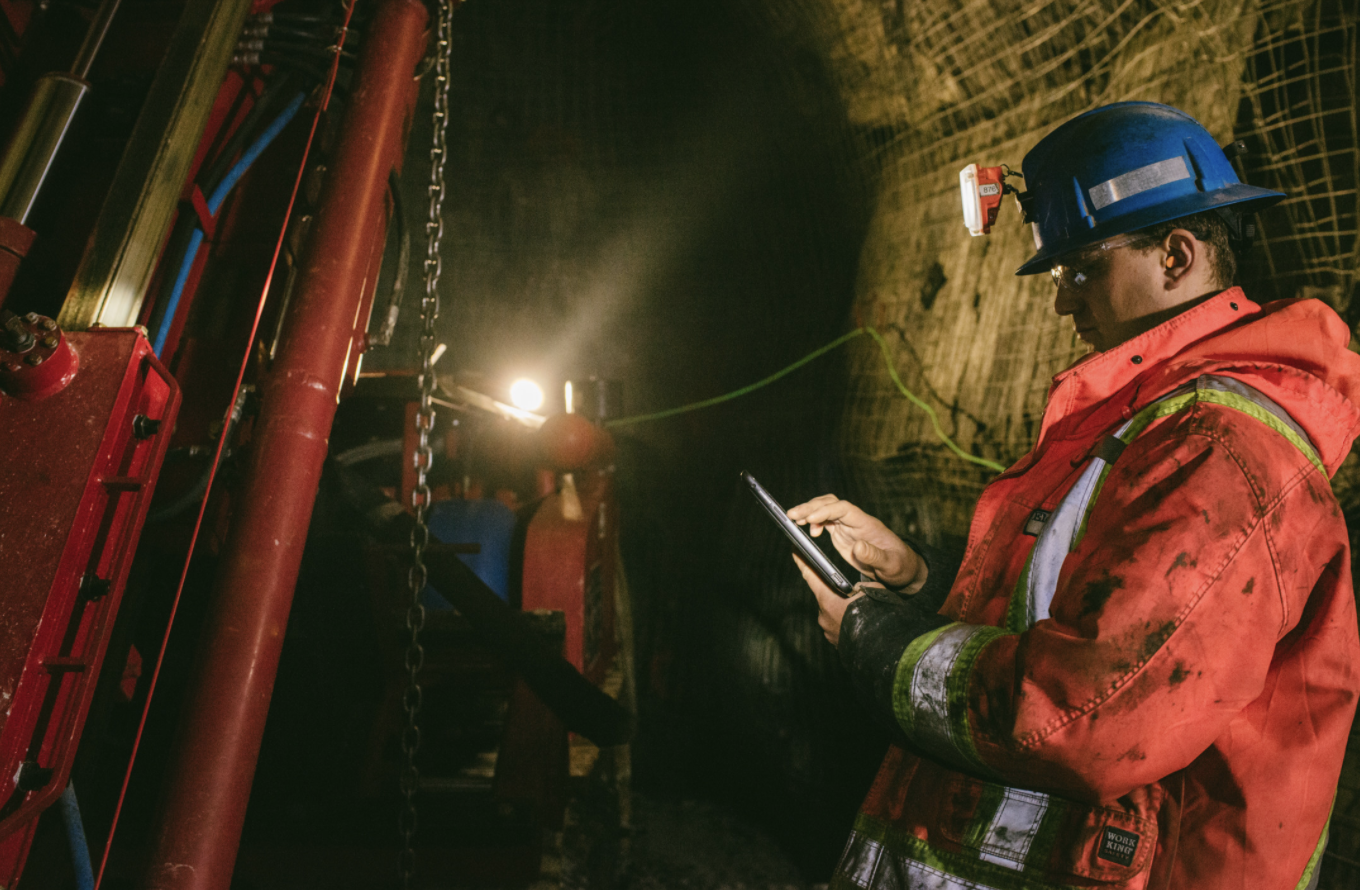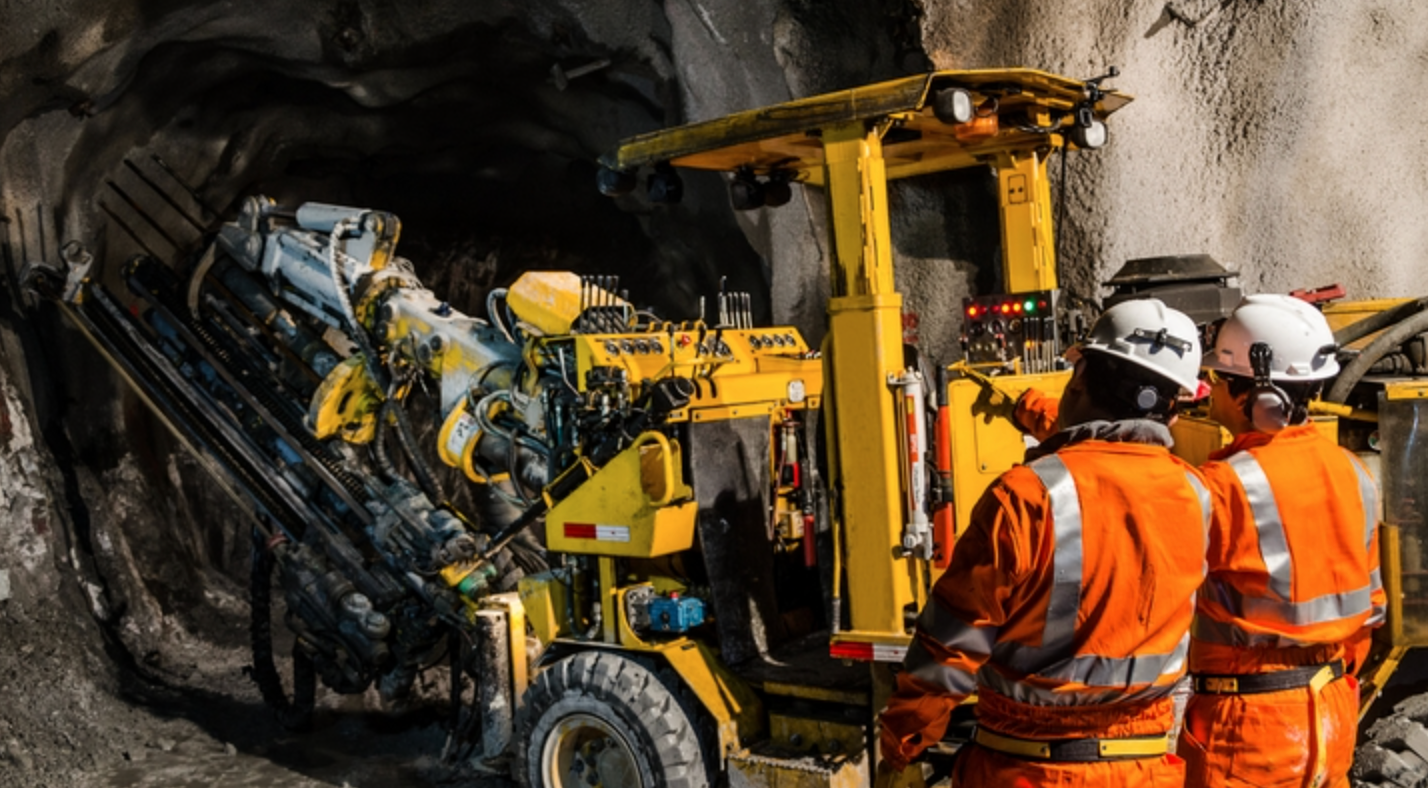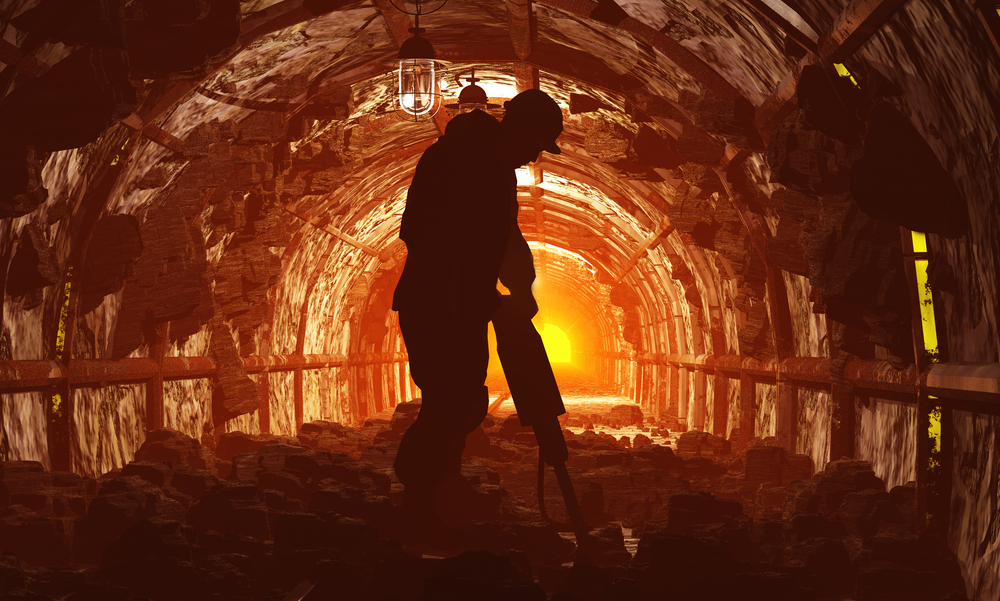It is obvious that air is essential for our survival. The air we inhale on the surface of the earth is made up of a mix of various gases, including carbon dioxide, nitrogen, argon, and oxygen. The air contains 21% oxygen, which is the best. The oxygen levels in the airdrop when other gases are present, and this is where the trouble starts. Here we will talk about the most dangerous gases in mining.
Mine air can become contaminated by other gases like methane, hydrogen sulfide, carbon monoxide, and excess carbon dioxide. These gases cannot always disperse in confined spaces and can build up in mines. This is due to their combustible and explosive or toxic properties.
These gases are also known as mine damps. The German word Dampf means “vapor”. They are not one gas, but a toxic or explosive combination of several gases that has a varying impact on mine safety and human health.
These damps can be produced by mining operations, including drilling and blasting. They are also released by mining machinery like diesel and gasoline motors.
The most efficient way of preventing these gases in mines is the incorporation of high-quality mining ventilation systems as well as the use of early detection devices. One dangerous mine atmosphere is one that is explosive or toxic. There are many damps that can create this type of atmosphere:
Firedamp
Black damp
White damp
Stinkdamp
Methane Gas (CH4)
Firedamp refers to a group of explosive gases found underground. Firedamp is mostly methane, and miners often use methane as an interchangeable term for it.
Methane (CH4) can be colorless, odorless, and explosive. It occurs naturally in coal seams and shale deposits and is a major component of the natural gas that we burn for energy. Over millions of years, methane gas builds up in pockets of coal and other strata. It can be released when the coal is mined. The mining machinery can penetrate the pockets and release methane gas into the pit, where explosive mixtures may form. Methane is 0.55 times denser than air. Methane is much lighter than air and tends to accumulate in enclosed areas with little ventilation.
At levels between 4 to 16%, methane can be combustible. Below this level, there isn’t enough methane to ignite and above it, the mixture is too dense for explosive purposes. 9.5% is the safest level of methane found in the air. This is where it finds its perilous balance. These levels of methane can be ignited by a naked flame or sparks from a machine. Insufficient amounts, methane can also displace oxygen from the atmosphere and cause asphyxia in people who inhale it. If the oxygen level drops below 6%, it can cause dizziness, headaches, nausea, and even death. This makes it sensible to avoid any buildup of highly flammable gas. Quality mine ventilation is a good way to do this.
Second, dangerous gases in mining should be monitored and detected. This was often done by using a test flame. A candlelit with a naked flame was originally an indicator of danger. The flame tip would have to be changed. As you can see, a flame is an obvious means of ignition. If it gets too close, gas explosions will occur. The safety lamp was created to allow coal mines to test for gases and still be able to work in potentially explosive or flammable air.
Carbon Dioxide, (CO2)
Black damp refers to the mining term for the suffocating mix of carbon dioxide, unbreathable gases, which can build up in mines and cause poisoning, asphyxiation, and eventually death. CO2, a colorless and noxious gas, emits a faint acrid scent at higher concentrations. This makes it difficult to recognize through the human senses. Although carbon dioxide is not harmful by itself, it can reduce the amount of oxygen that one can inhale. Although the early signs of blackdamp, such as dizziness, lightheadedness, and drowsiness can be mistakenly thought to be simple fatigue, high doses of carbon dioxide will cause asphyxiation, which can lead to death in a matter of seconds. It can kill 18% of the air, but levels as low as 3% can cause breathing problems. Carbon dioxide is formed by the breakdown of organic materials such as mine timbers and human and animal respiratory. Once the coal is exposed to mine air, it will absorb oxygen and release carbon dioxide. The carbon dioxide that is higher in density than normal air (1.53) will accumulate in the mine’s lower-lying areas.
The accumulation of blackdamp in a mine is caused predominantly by poor ventilation however other factors can be attributed such as the temperature, the amount of exposed coal, and the type of coal. It is colorless, odorless, and tasteless which makes it difficult for humans to identify. It is often called a “silent killer”. Carbon monoxide is formed from the incomplete combustion of carbon.
Modern equipment can now detect carbon monoxide easily without risk to your life.
Stinkdamp – Hydrogen Sulfide (H2S)
Stinkdamp refers to the mining term for hydrogen sulfide, H2S, because of its distinctive smell of rotten eggs. Hydrogen sulfide can be poisonous, flammable, and colorless. It is also pungent-smelling. Although it has been rare to find in mines, small amounts can prove fatal.
It is formed by the decomposition of iron pyrites within a mine and their interaction. Asphyxiation can cause death in humans, as H2S is highly toxic.
It can irritate the eyes and nose and throat at lower levels. As it increases, it has a narcotic effect on the nervous system, causing headaches, dizziness, and difficulty breathing. Higher levels of H2S exposure can cause paralysis and even death. Chronic low exposure can cause bronchitis and pneumonia, as well as migraines, motor control problems, and even death. It can also create flammable mixtures in the air between 4.5 and 45%, where ignition could cause an explosion. It can build up in mines with poor ventilation because of its heavy density of 1.9.
Prevention & Detection Of Mine Gases
The most effective, safe, and efficient way of keeping dangerous gases in mining away is done through quality mining ventilation systems. Mine ventilation is a safe flow through a mine’s workings at a measured volume. It removes dangerous gases in mining, chemicals, and physical contaminants and regulates the temperature.
Over the years, the detection of dangerous gases in mines evolved. Some techniques have become traditions in the mining culture. The canary is a symbol of gas testing in mines. It also serves as a test flame and flame safety lamp.
Although the canaries were lucky and safety lamps are still in use, there is now enough detection equipment and means to detect gas, including gas monitors and chemical analysis. If you are interested in getting gas monitors for your crew contact us today!



